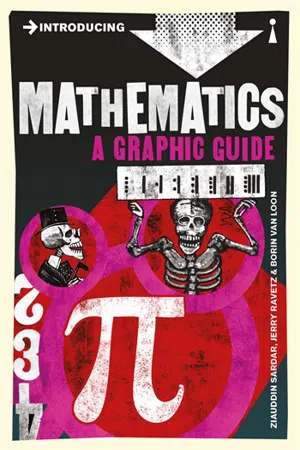
- 176 pages
- English
- ePUB (mobile friendly)
- Available on iOS & Android
About This Book
What is mathematics, and why is it such a mystery to so many people? Mathematics is the greatest creation of human intelligence. It affects us all. We depend on it in our daily lives, and yet many of the tools of mathematics, such as geometry, algebra and trigonometry, are descended from ancient or non-Western civilizations. Introducing Mathematics traces the story of mathematics from the ancient world to modern times, describing the great discoveries and providing an accessible introduction to such topics as number-systems, geometry and algebra, the calculus, the theory of the infinite, statistical reasoning and chaos theory. It shows how the history of mathematics has seen progress and paradox go hand in hand - and how this is still happening today.
Frequently asked questions
Information
WHY MATHS?

Just keep your eyes open for any mathematicians O.K.?

...and run our businesses.
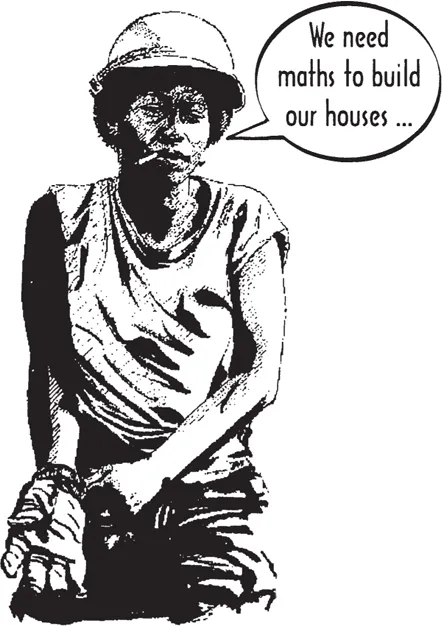
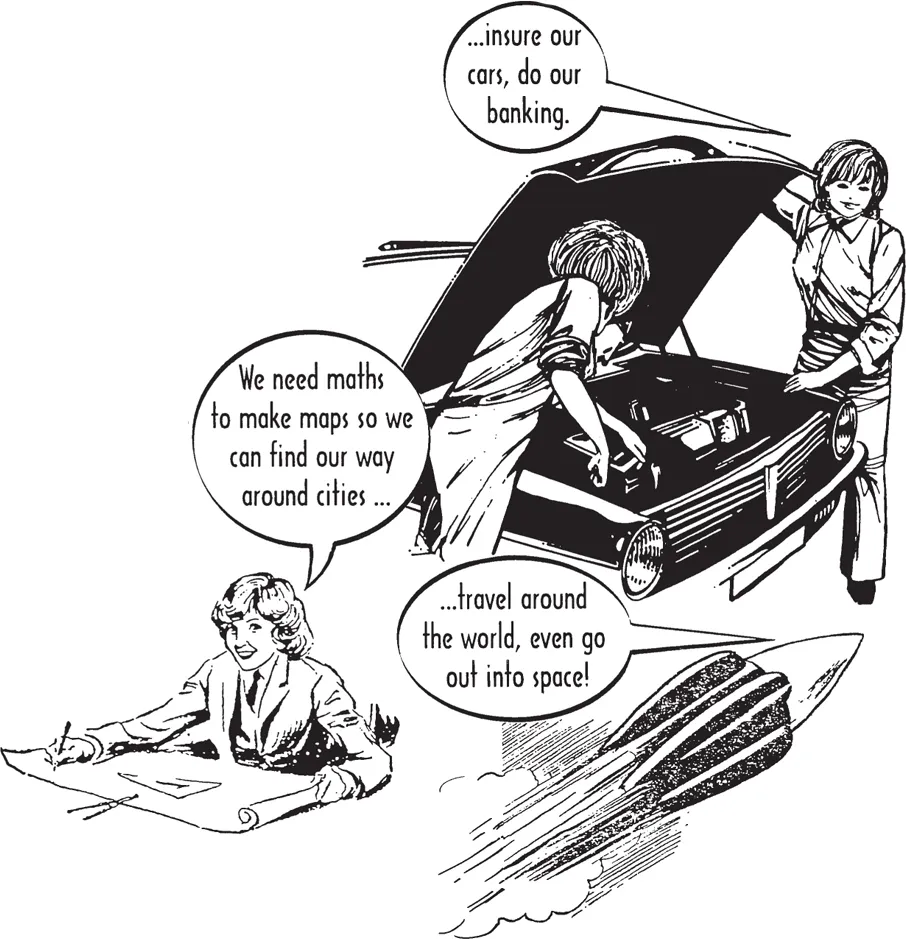
We need maths to make maps so we can find our way around cities...
...travel around the world, even go out into space!

It is the language of science, technology and engineering.
It is essential for architecture and design as well as economics and medicine.
Even art relies on mathematics to some extent.

Both are overcome by a little bit of practice.
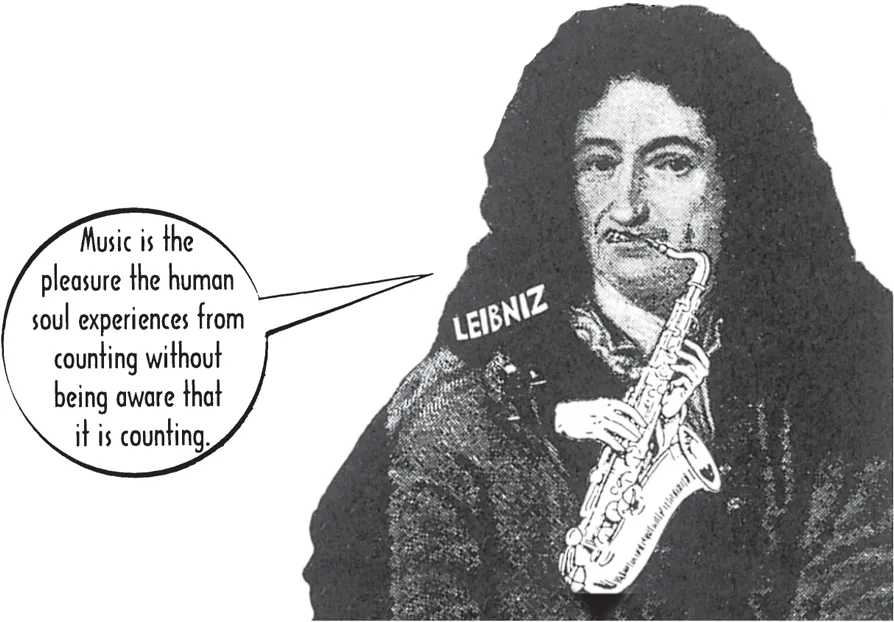
COUNTING
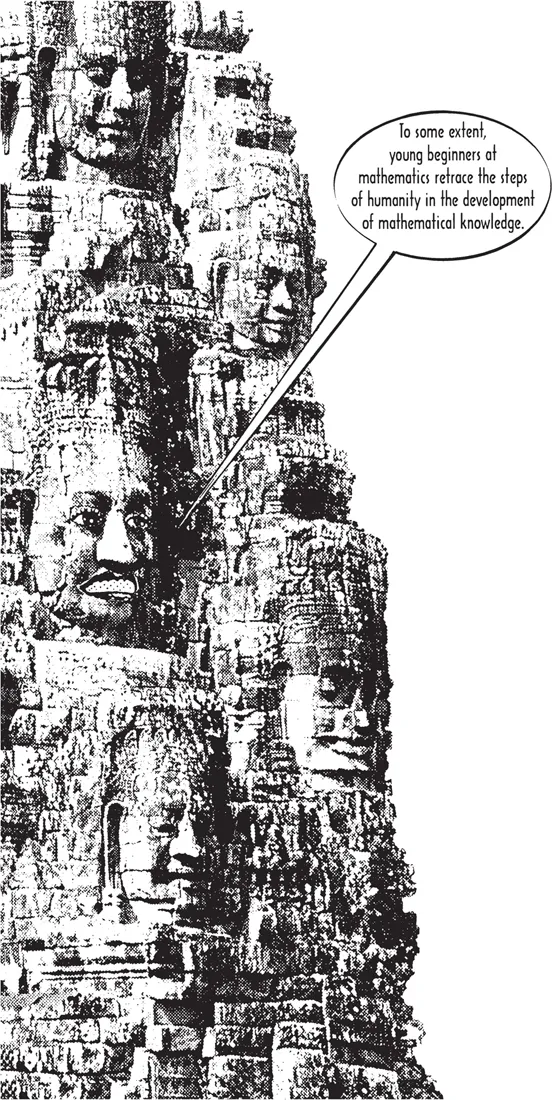
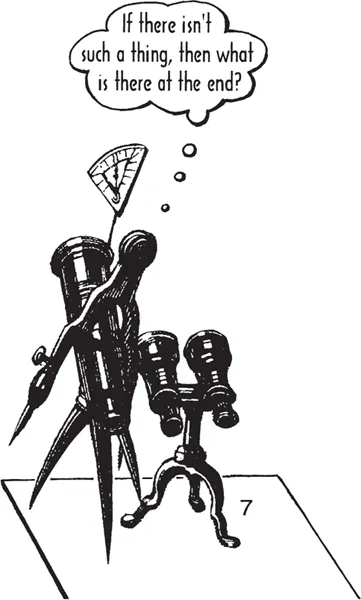

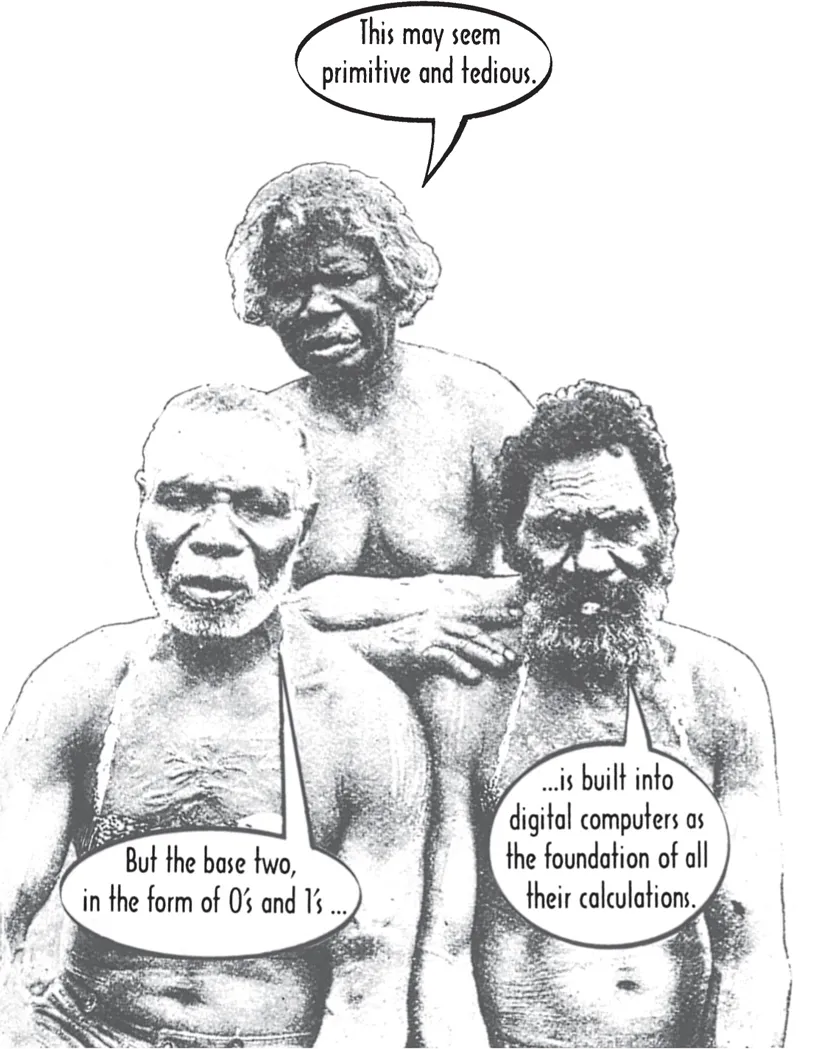
But the base two, in the form of 0’s and 1’s ...
...is built into digital computers as the foundation of all their calculations.
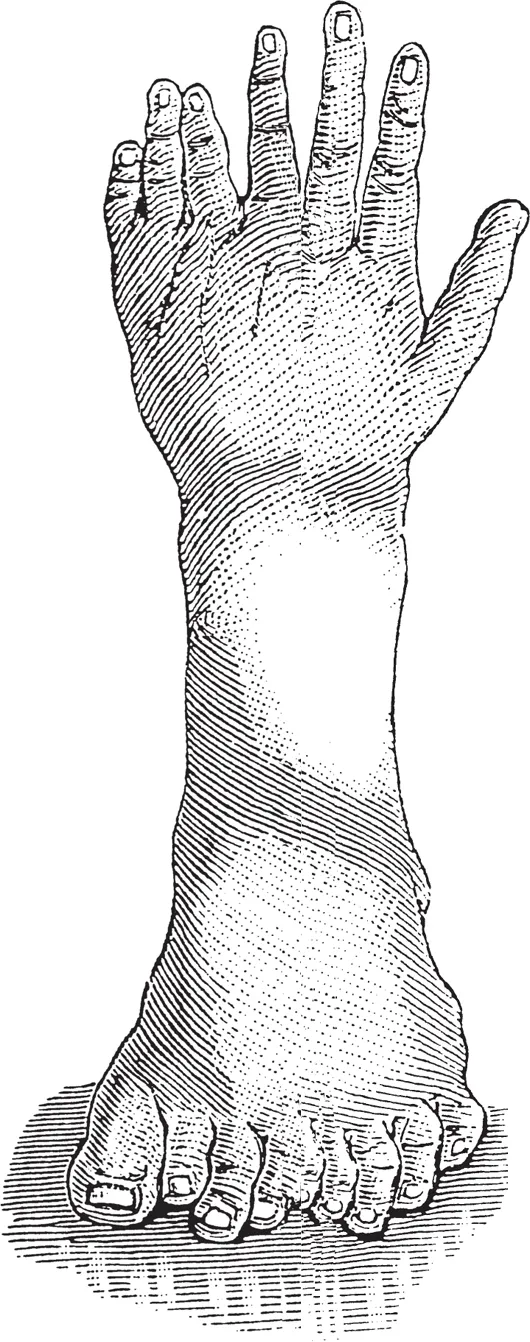

Table of contents
- Cover
- Title Page
- Copyright
- Contents
- Why Maths?
- Further Reading
- The Authors
- Index